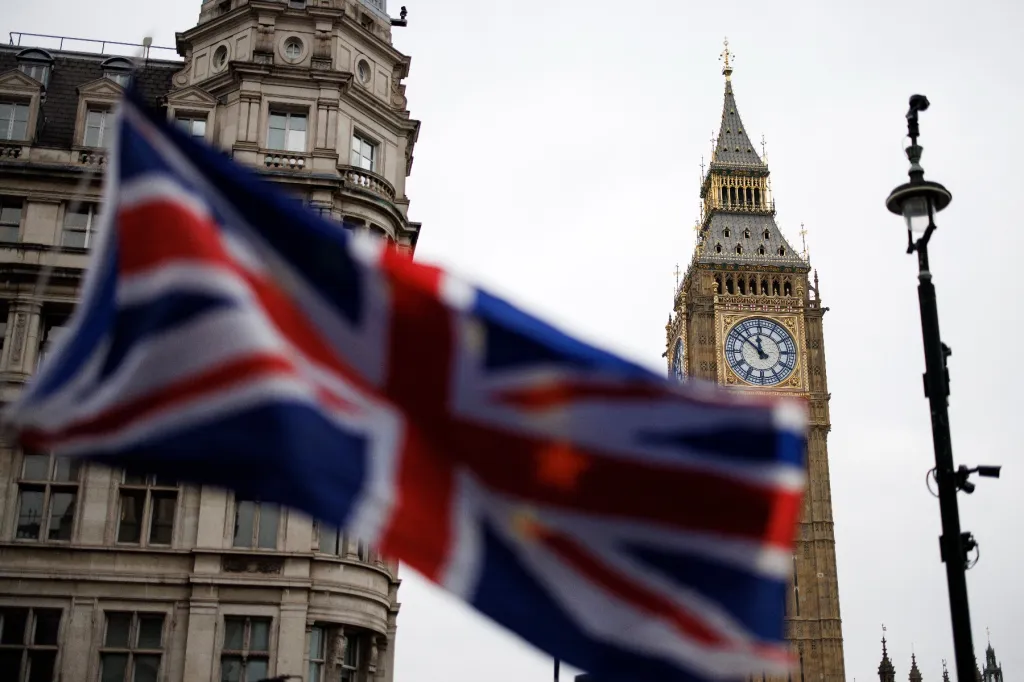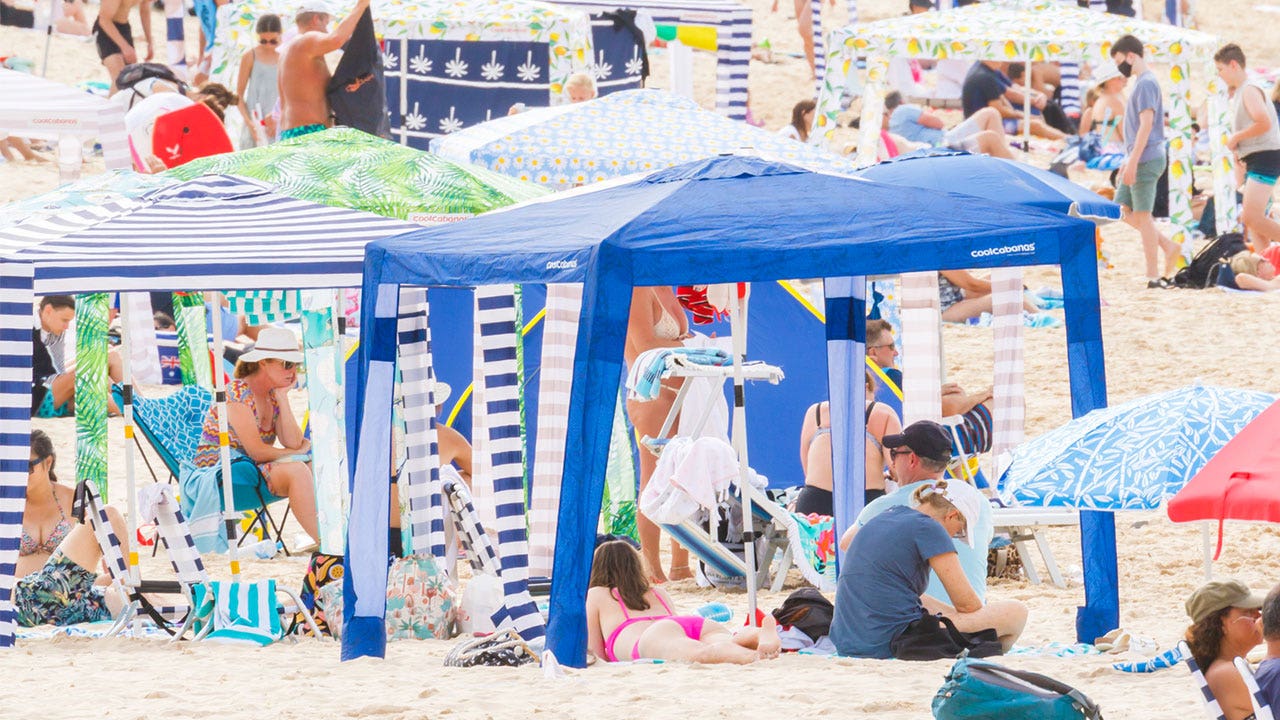Japan asks Australian tourists to be more adventurous and travel out of season

- by Admin
- January 6, 2025

With the number of Australian tourists visiting Japan surging, officials in the island empire have made a plea to their Pacific neighbours to be more adventurous when choosing among Japanese destinations.
A trending destination
Estimates from the country’s tourist authority, Japan National Tourism Organisation (JNTO), indicate that 807,800 Australians went to Japan in the first 11 months of 2024, a figure that has increased by over a third since pre-Covid data. What’s more, Australian bookings for Japan in the first quarter of 2025 are up by another 20% on the same period in 2024, according to booking provider Flight Centre, reflecting how Japan is trending more broadly as an destination, partly thanks to currency exchange rates that favour international arrivals.
But that success story has resulted in criticisms about overtourism and the introduction of measures to combat crowding and anti-social behaviour. Fees have been applied to sacred shrines and crowded walking trails at Mount Fuji, where barriers were temporarily erected to prevent would-be photographers hogging road space. Those same instagrammers have had to be told to leave harassed geishas alone and, with more than 30% of tourists to Japan saying they have experienced the negative effects of overtourism, industry stakeholders across the archipelago are seeking ways to raise tourist awareness of lesser-known areas that could really benefit from more footfall.
Why ask Australians to go further?
The Australian visitor is a great candidate to target, because, while Australians currently focus their attention on already saturated places such as Tokyo, Osaka and Kyoto, according to Flight Centre, as visitors they tend to stay in Japan longer than other nationalities, making it more likely that they could spend time getting out into Japan’s further reaches.
Appealing to the Australian sense of adventure and environmentalism perhaps, Naoki Kitazawa, the executive director of JNTO’s Sydney office said: “We strongly encourage Australians to consider lesser-known destinations,” adding that, “Travelling responsibly is more important than ever, especially in popular destinations where the impact of tourism can put pressure on local communities.”
Avoid popular spots and peak seasons
It is not only Japanese authorities pressing this point. Judy Luxton, general manager at Australia’s Japan Holidays agency has described the number of tourists at certain Japanese attractions as “hideous” and “not serene” explaining in the Guardian that “a lot of our tours now are giving them all the experiences but trying to avoid the peak tourist spots.”
Another tack those keen to visit Japan could take is to “look at shoulder travel seasons, such as autumn, as well as Japan’s summer – known locally as the ‘green season’ where the country’s rural and regional areas really come into their own,” JNTO’s Kitazawa told news.com.au.
The Latest News
-
January 8, 2025Rafter optimistic about Aussie tennis, and the sport overall
-
January 8, 2025No umpires, every game’s a tiebreak, and DJs with loud crowds: The verdict on Red Bull’s Bassline
-
January 8, 2025Emerson Jones, Maya Joint set to take Aussie women’s tennis by storm ahead of Australian Open | Sporting News Australia
-
January 8, 2025TGL indoor golf debuts with smoke, music and a buzz-killing rout – Australian Golf Digest
-
January 8, 2025‘Down to earth off the field’ – Sam Konstas reveals interaction with ‘idol’ Virat Kohli after India vs Australia Tests | Sporting News India




